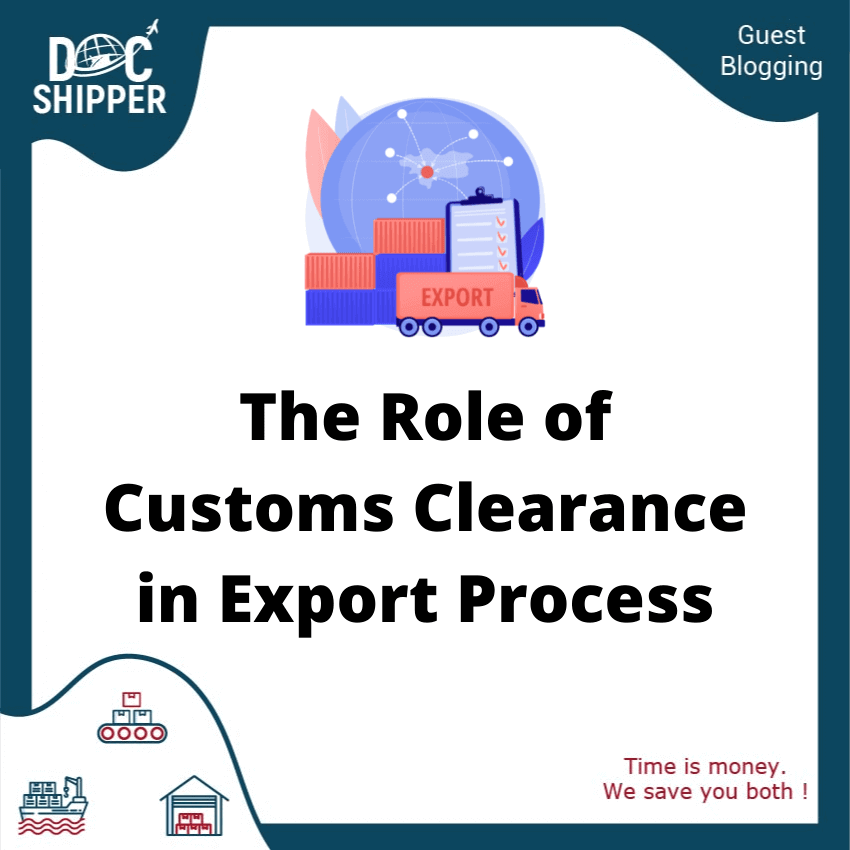Customs Clearance in Vietnam
Clear Your Vietnamese Imports with Peace of Mind We simplify your customs procedures to ensure your goods cross borders smoothly, without complications or unexpected fees.
Freight Shipping between Vietnam and Italy | Rates – Transit Times – Customs Clearance
Freight Shipping between Vietnam and Italy | Rates – Transit Times – Customs Clearance Who says shipping freight from Vietnam to Italy has to be
Freight from Vietnam to Hong Kong
Freight from Vietnam to Hong Kong | Rates – Transit Times – Duties & Taxes Are you going to import (or export) products between the
Freight Vietnam – Europe
Freight Vietnam – Europe | Rates – Transit Times – Duties & Taxes You wish to export or import between Vietnam and a European country? The
Freight between Vietnam and France
Freight between Vietnam and France | Rates – Transit Times – Duties & Taxes Importing goods between Vietnam and France is difficult to assess. That’s
Freight from Vietnam to Australia
Freight from Vietnam to Australia | Rates – Transit Times – Duties & Taxes Attention importers and exporters between Vietnam and Australia! Struggling to find reliable information on
Freight between Vietnam and Morocco
Freight between Vietnam and Morocco | Rates – Transit Times – Duties & Taxes It could be difficult to evaluate the import of goods from Vietnam to
Freight shipping between Vietnam and the Philippines
Freight shipping between Vietnam and the Philippines | Rates – Transit Times – Duties & Taxes The transportation of goods is a critical aspect of







